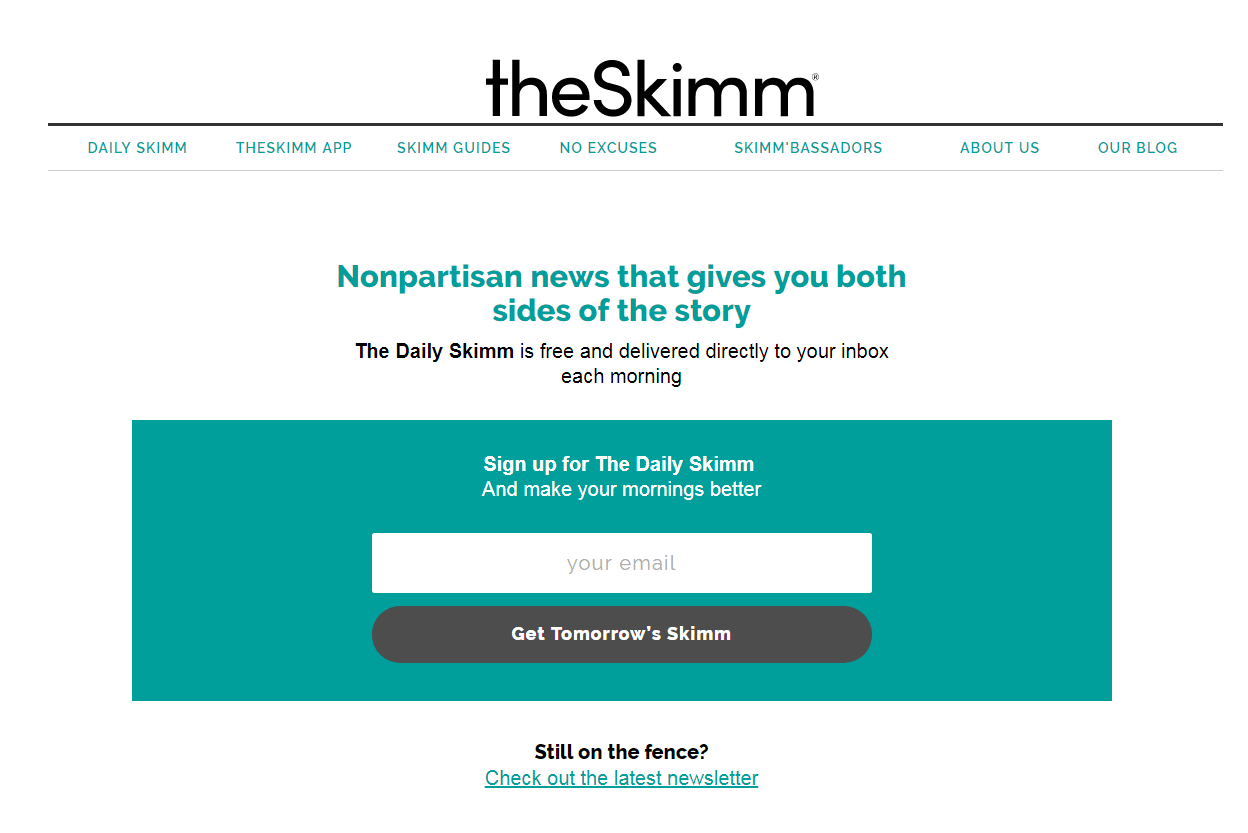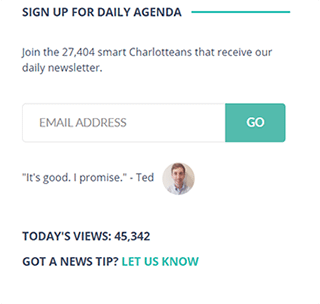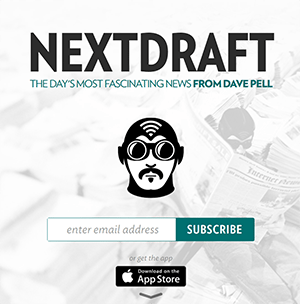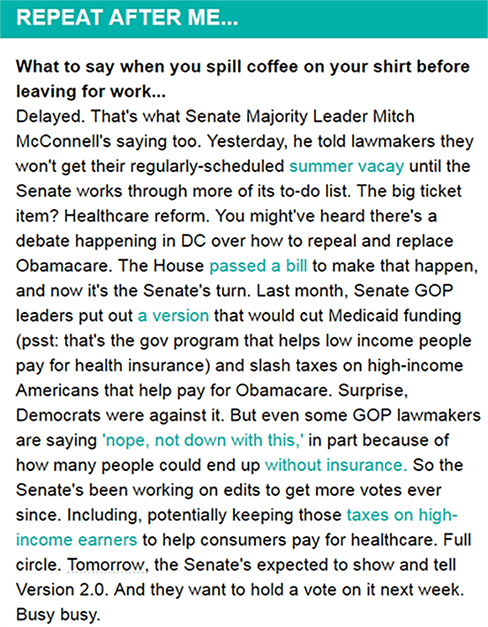The first thing I do when I wake up is check my phone. Around 6:45 a.m., a new email pops into my inbox. It’s one of the daily newsletters that I – and almost every other person my age I know – receive.
In 2012, the first edition of the popular newsletter theSkimm was crafted up and sent. TheSkimm has since accumulated over 5 million subscribers who have signed up to receive a short email with the breakdown of popular news stories each morning.
Since then, there has been an increase in email newsletters such as Charlotte Agenda, founded in 2015. “With about a 50% open rate, Charlotte Agenda‘s daily newsletter reaches over 27,000 readers each morning. The media company is profitable and growing, fast,” says Founder and CEO Ted Williams.
NextDraft, another popular email newsletter has over 50,000 subscribers; and these numbers do not include site visits or app downloads, which the majority of newsletter organizations also utilize.
So why is such a large number of people making the transition from browsing through accredited traditional news sources to receiving news directly in their inbox?
Cost
For the majority of these email newsletters, all someone needs to do to subscribe is type in their email address somewhere on the front page of the website. All of the following images are taken from the first page that appears after typing in the websites’ URLs.



There is no form for personal information, credit card numbers, etc. They start receiving the email newsletters immediately and are ensured there will be no payments to be made in the future. These companies are funded mostly through advertisements, so the consumer is never charged. Although some companies have apps that cost less than $3, it is still cheaper than a digital subscription to many newspapers.
Personality
Additionally, many companies, use language that makes it feel like they are talking right to their subscriber. The newsletters often start off with “Hey (subscriber)! Here is your news for the day” or something along those lines.
Ted Williams says Charlotte Agenda‘s “core demographic is smart, social 25 to 45-year-olds in the city.” So, like many newsletters, they use language that will resonate with their reader demographic. This friendly verbiage draws in the audience and creates a relationship between the business and the consumer. See below for an example of the verbiage used from theSkimm:
Relevance
Think of newsletters as your own personal vertical. As a matter-of-fact, many of the newsletters are a vertical of a larger publisher. For example, The Washington Post has “The Finance 202” (one of its over 70 newsletters,) “where Wall Street meets Washington.”
Another point of relevance: the current generation of young professionals consumes much of their media through digital sources. The largest demographic subscribed to email newsletters are those 20 to 30 years old. Many of the email newsletters focus on highlighting stories that are relevant to this specific target audience. They tend to include witty news stories in addition to the hard-hitting front lines in an effort to maintain interest from these individuals.
Consistency
Out of sight, out of mind is applicable for news sources; so, keeping the audience constantly thinking of the company is beneficial. Consumers are more likely to digest news stories from the companies that are pushing the stories at them. Having a daily reminder of the company turns it into a staple of their routine: wake up, check emails, catch up on the news through a newsletter, get ready for work, etc. This turns into something that will produce an emptiness if it were all of the sudden not there anymore.
Finally and likely most importantly:
Ease
In this day and age, people are busy. People are over-committed. People will likely pick the route of least effort when given the opportunity. Media consumers don’t want to take the time to visit a news website (or multiple) to become informed of the daily news. Having a newsletter filled with the top stories delivered right to their inbox takes away any effort expended in the process of receiving the news. Many newsletters show either excerpts or summaries of the top news stories. All a subscriber has to do is open their inbox and click.
While digital newsletters are still an emerging source of media, in general, they have grown to experience overwhelming success. Because of their low cost, large personality, relevance to target audience, consistency and ease of accessibility it is unlikely their success will halt anytime soon. In contrast to traditional news sources, digital newsletters currently have the advantage in all five areas with millennials.

